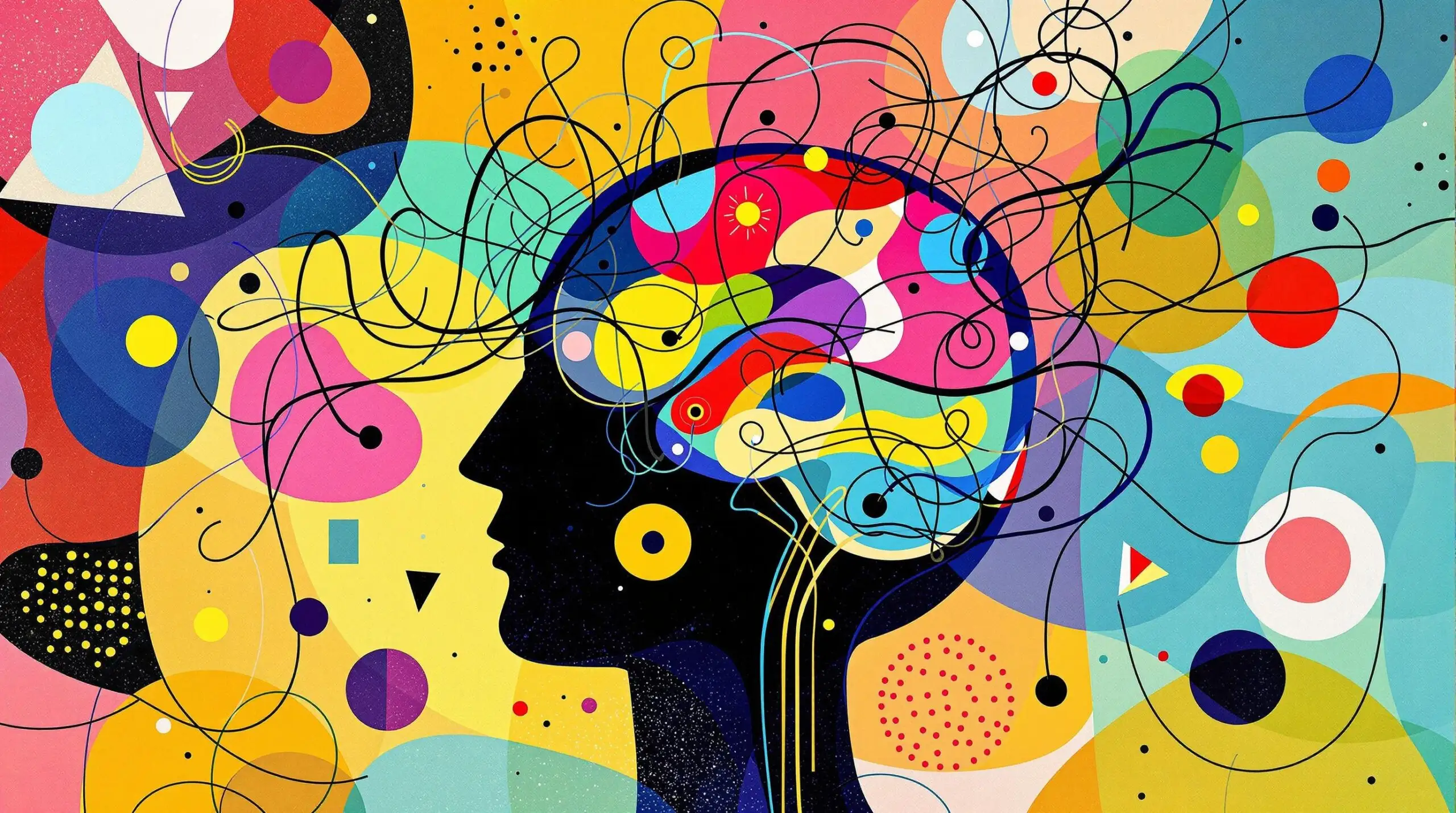Neuroplasticity After 60: Rewiring the Brain for Agelessness
Explore how neuroplasticity continues to enable brain rewiring and cognitive vitality even after the age of 60.

Understanding Neuroplasticity and Brain Aging: The Basics
What is Neuroplasticity?
Your brain isn’t fixed after 60 – or even 80. That’s the revolutionary finding that’s turned brain science on its head. Neuroplasticity, the brain’s ability to form new neural connections and reorganize existing ones, continues throughout our entire lives. It’s like having a self-renovating house that keeps updating its wiring system, even as it ages.
The Science Behind Brain Adaptability
Brain cells create new connections every time we learn something new. Whether you’re mastering a language at 65 or learning to paint at 70, your neurons are busy forming fresh pathways. Research from the Max Planck Institute shows that even people in their 90s generate new brain cells in the hippocampus – the memory center of the brain.
Origins and Evolution of Neuroplasticity Research
Scientists once believed the adult brain was immutable – fixed and declining after early adulthood. This pessimistic view dominated until the 1960s. But pioneering research by Dr. Michael Merzenich and others proved that older brains remain remarkably adaptable. Modern imaging techniques now show us exactly how the brain rewires itself through learning and experience.
Challenges and Common Myths
The biggest myth? That cognitive decline is inevitable with age. Wrong. Studies show that many older adults maintain sharp minds well into their 80s and beyond. Another misconception is that you can’t learn new skills after 60. The evidence says otherwise – older brains may learn differently, but they absolutely can master new abilities.
Statistics and Research Data
The numbers are encouraging. Research shows that active learning can increase brain volume by up to 2% annually in people over 60. Studies of older musicians reveal they have 30% more neural connections than non-musicians. Meanwhile, bilingual seniors typically show symptoms of dementia 4-5 years later than monolingual peers.

Current Understanding of Brain Aging and Plasticity
Modern Approaches to Brain Health
Science now focuses on brain optimization rather than just preservation. Activities that challenge the brain – from digital games to social dancing – create what scientists call “cognitive reserve.” This reserve acts like a brain savings account, protecting against age-related decline and disease.
The Role of Physical Exercise in Brain Plasticity
Exercise isn’t just for muscles – it’s brain food. Regular physical activity increases blood flow to the brain and stimulates the production of BDNF (Brain-Derived Neurotrophic Factor), a protein that supports neuron growth and survival. Walking just 30 minutes daily can increase hippocampal volume by 2% per year.
Advanced Concepts in Brain Plasticity and Aging
Brain Chemistry and Neural Networks
Brain plasticity operates through multiple mechanisms. Synaptic plasticity involves strengthening connections between neurons, while structural plasticity creates entirely new connections. Both processes remain active throughout life, though they may need more stimulation as we age.
Cognitive Training and Brain Adaptation
Specific cognitive training can target different brain areas. Memory exercises strengthen the hippocampus, while strategy games enhance prefrontal cortex function. Learning a musical instrument engages multiple brain regions simultaneously, creating a symphony of neural connections.
Environmental Influences on Brain Health
Your environment shapes your brain. Social interaction, mental stimulation, and novel experiences all promote neuroplasticity. Living in an enriched environment – one full of social, physical, and intellectual challenges – can increase brain volume and cognitive function at any age.
Practical Strategies for Enhancing Neuroplasticity After 60
- Learn a new language or musical instrument
- Practice meditation or mindfulness daily
- Engage in regular physical exercise
- Master new technology skills
- Join social groups and maintain active friendships
- Try complex motor skills like dance or tai chi
- Play strategy games and solve puzzles
- Read challenging material
- Learn new recipes and cooking techniques
- Create art or try crafting
Nutrition and Brain Plasticity
Diet plays a crucial role in brain plasticity. The Mediterranean diet, rich in omega-3 fatty acids, antioxidants, and anti-inflammatory compounds, supports neural health and plasticity. Key nutrients include:
- Omega-3 fatty acids (found in fish, nuts, seeds)
- Flavonoids (in berries, dark chocolate)
- B vitamins (whole grains, leafy greens)
- Vitamin D (sunlight, fatty fish, supplements)
- Antioxidants (colorful fruits and vegetables)
Sleep and Brain Regeneration
Quality sleep is essential for brain plasticity. During sleep, your brain consolidates memories, repairs cellular damage, and clears toxic proteins. Adults over 60 should aim for 7-8 hours of quality sleep and maintain consistent sleep schedules.
Stress Management and Brain Health
Chronic stress can inhibit neuroplasticity and accelerate brain aging. Regular stress management through meditation, yoga, or other relaxation techniques helps maintain optimal brain function and promotes neural growth.
Technology and Brain Training
Digital tools can support brain plasticity. Scientifically-designed cognitive training programs, virtual reality experiences, and online learning platforms provide structured ways to challenge and strengthen neural networks.
Future Developments in Brain Plasticity Research
Emerging research areas show promise for enhancing neuroplasticity in older adults. Scientists are investigating:
- Non-invasive brain stimulation techniques
- Personalized cognitive training programs
- Novel pharmaceutical compounds
- Gene therapy approaches
- Advanced brain-computer interfaces
Monitoring Progress and Adaptation
Regular assessment helps track cognitive improvements. Simple methods include:
- Keeping a learning journal
- Using cognitive testing apps
- Recording daily activities and challenges
- Tracking sleep and exercise patterns
- Noting mood and energy levels
The science is clear: your brain remains plastic and adaptable well into your later years. By combining physical exercise, mental stimulation, proper nutrition, and stress management, you can maintain and even enhance your cognitive abilities after 60. The key is consistent engagement in varied activities that challenge both body and mind. This approach doesn’t just add years to your life – it adds life to your years by keeping your brain young, adaptable, and resilient.